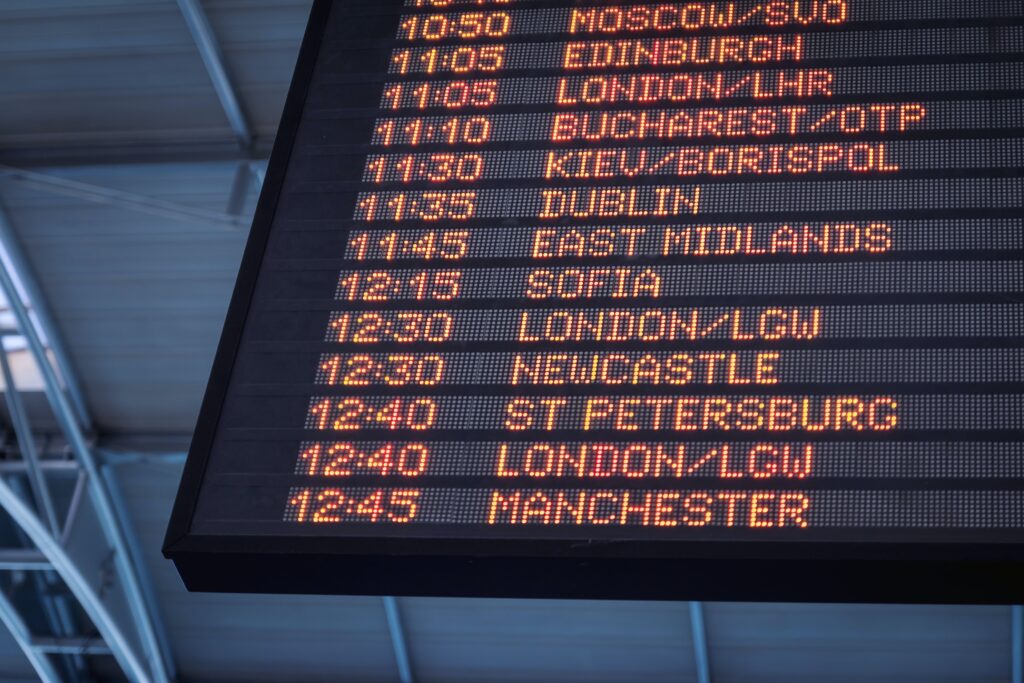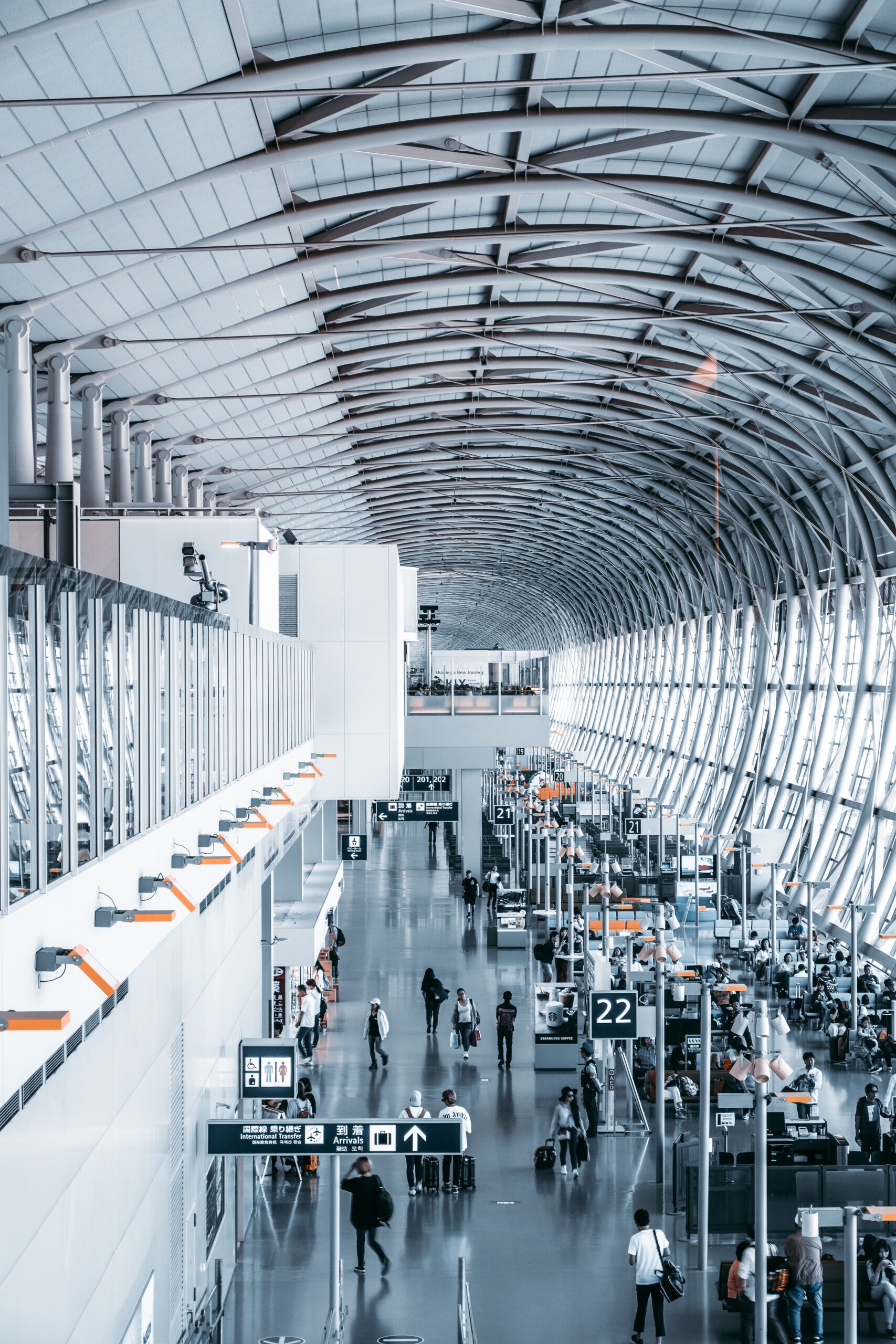Argentina Transportation Guide
Argentina Transportation Guide: Efficient transport includes buses, subways in Buenos Aires, domestic flights, and reliable long-distance buses connecting diverse regions.


Argentina Transportation Guide – International Airports
Argentina has several international airports, including:
Ministro Pistarini International Airport (EZE) – also known as Ezeiza International Airport, located in Buenos Aires.
Aeroparque Jorge Newbery (AEP) – located in Buenos Aires and mainly serving domestic and regional flights.
Cataratas del Iguazú International Airport (IGR) – located in the province of Misiones, near the famous Iguazu Falls.
Ingeniero Ambrosio Taravella International Airport (COR) – located in the city of Cordoba.
Teniente Luis Candelaria International Airport (BRC) – located in the city of Bariloche, in the province of Rio Negro.
Governor Francisco Gabrielli International Airport (MDZ) – located in the city of Mendoza, near the Andes mountain range.
These are some of the most important international airports in Argentina, but there are also many other regional and domestic airports throughout the country.
National Airports
Argentina has many national airports that serve domestic flights within the country. Some of the busiest national airports in Argentina include:
Aeroparque Jorge Newbery (AEP) – located in Buenos Aires, mainly serving domestic and regional flights.
El Palomar Airport (EPA) – located in Buenos Aires, mainly serving low-cost domestic flights.
Ingeniero Aeronautico Ambrosio L.V. Taravella International Airport (COR) – located in Cordoba, serving domestic flights and some international flights to neighboring countries.
Governor Francisco Gabrielli International Airport (MDZ) – located in Mendoza, serving domestic flights and some international flights to neighboring countries.
Martín Miguel de Güemes International Airport (SLA) – located in Salta, serving domestic flights and some international flights to neighboring countries.
Presidente Perón International Airport (NQN) – located in Neuquén, serving domestic flights.
These are just a few examples of national airports in Argentina, but there are many more spread throughout the country.
Argentina Transportation Guide – Trains
Argentina has an extensive railway network, although many of the lines have been decommissioned or are no longer in use. However, there are still some important passenger train services in Argentina.
The most important passenger train service in Argentina is the “Trenes Argentinos Operadora Ferroviaria,” which operates several long-distance routes throughout the country. The most popular route is the “Tren a las Nubes” or “Train to the Clouds,” which is a scenic train ride that goes from Salta to the Andes mountains. Other long-distance train services include the “El Gran Capitán” from Buenos Aires to Tucumán, and the “El Tren de la Costa” from Buenos Aires to Tigre.
In addition, there are also several commuter train services that operate in and around Buenos Aires, such as the “Sarmiento” and “Mitre” lines. These trains are used by thousands of people every day to commute to and from work.
Finally, there are also several tourist trains that operate in different parts of the country, such as the “Tren a las Sierras” in Córdoba and the “Tren del Fin del Mundo” in Tierra del Fuego.
However, it is important to note that the train network in Argentina has been historically neglected and many of the lines are in disrepair.


Argentina Transportation Guide – Buses
Buses, also known as “colectivos” or “micros,” are a popular and affordable mode of transportation in Argentina, both for local and long-distance travel.
In cities, buses are operated by private companies and are usually identified by a number or a letter that indicates the route they follow. Bus stops are marked with signs that indicate the numbers or letters of the buses that stop there. Payment is made on board with cash or a rechargeable card called “SUBE.”
For long-distance travel, there are several bus companies that operate throughout Argentina. These companies offer different types of services, ranging from basic to luxury, with reclining seats, air conditioning, and on-board meals. The most popular companies include Andesmar, Flecha Bus, Chevallier, and Cata Internacional, among others. Bus terminals are usually located in central areas of cities and towns and offer a variety of services, such as restaurants, restrooms, and luggage storage.
It is important to note that bus travel in Argentina can be slow and subject to delays, especially during peak travel times. However, it is also an excellent way to see the country and experience the local culture.
Links of interest
Airlines:
Ride-Sharing:
Buses:
Trains:


We recommend
Argentina travel tips
Our guide offers essential Argentina travel tips and insights for an unforgettable journey. Plan your trip with us!
Argentina Transportation Guide – SIM Cards
For travelers in Argentina:
Providers:
Major providers include Claro, Movistar, and Personal.
Prepaid SIMs:
Easily available at airports, kiosks, and official stores.
Documents:
Passport or a copy may be required for registration.
Coverage:
Generally good in urban areas; rural areas may have limited coverage.
Data Plans:
Choose a plan based on your data needs.
Top-Up:
Recharge at kiosks, stores, or through apps.
Unlock Phone:
Ensure your phone is unlocked for an Argentine SIM.
Emergency Numbers:
Dial 911 for emergencies; 107 for medical assistance.
Validity:
Plans may be valid for days or weeks.
Internet Speed:
Generally good; varies in remote areas.
Currency Converter
Currency Converter EUR/USD: Mon, 2 Jun.
Unit Converter
Argentina Transportation Guide – Maps
What map do you need?
Choose your destination
More information about this country







